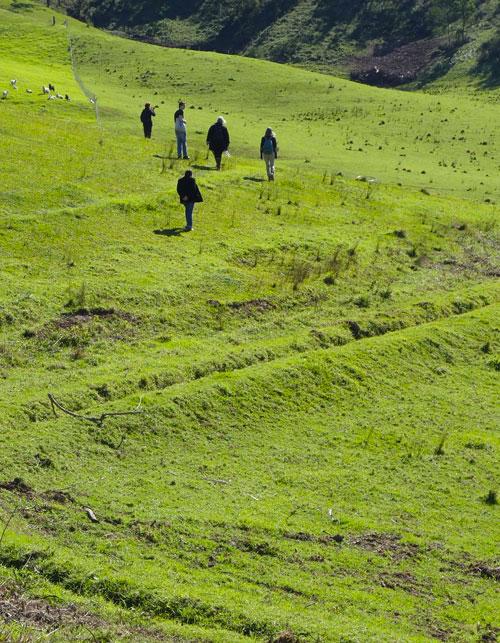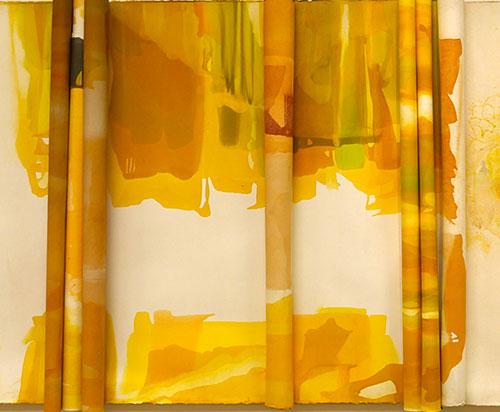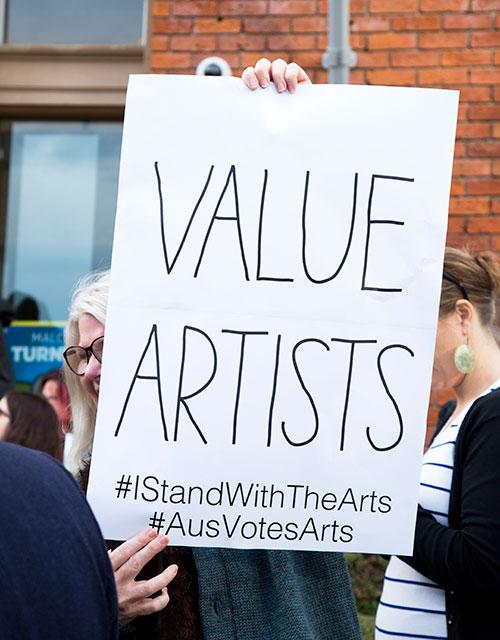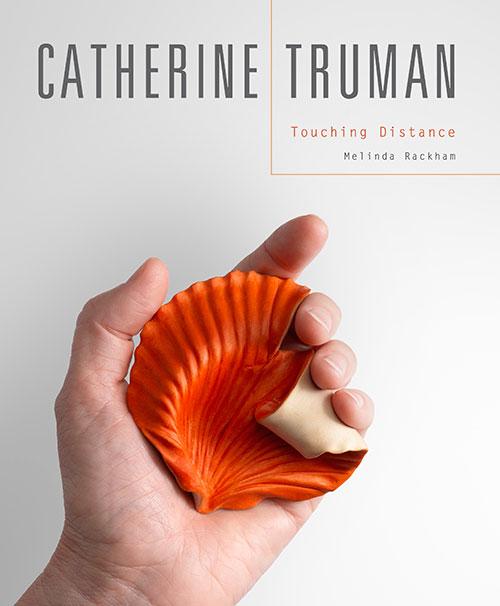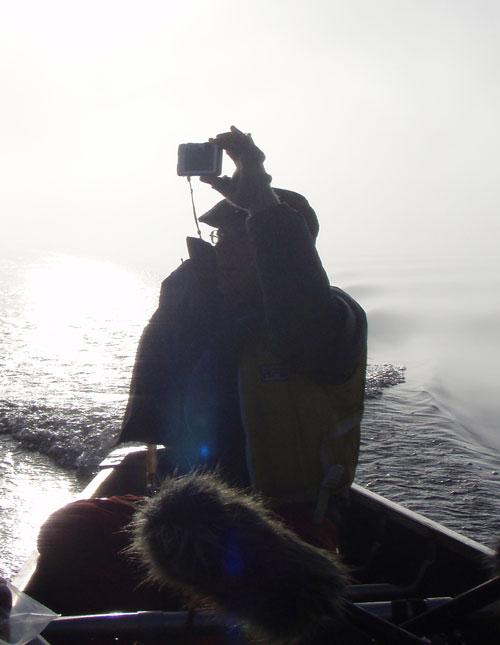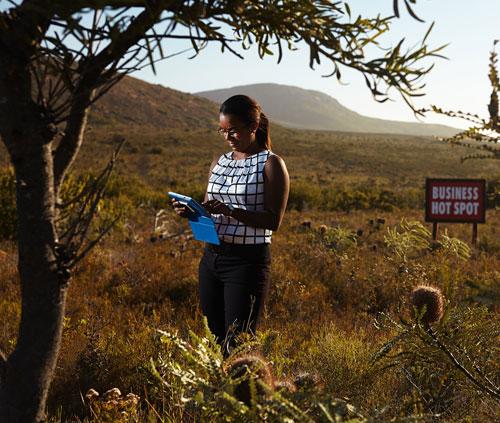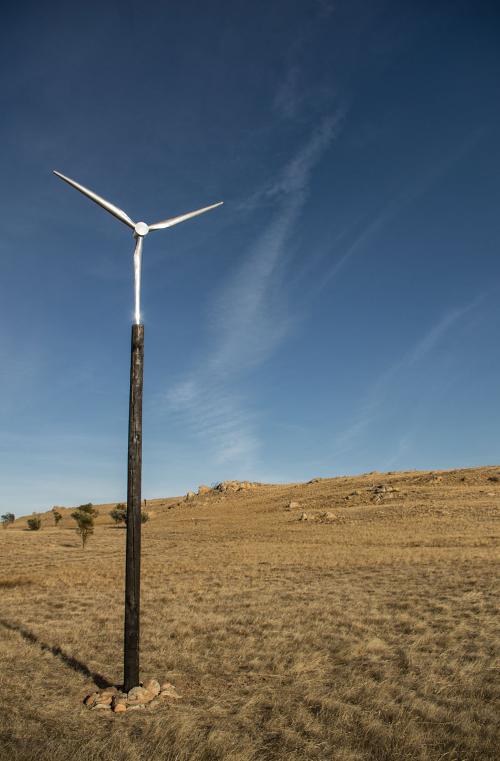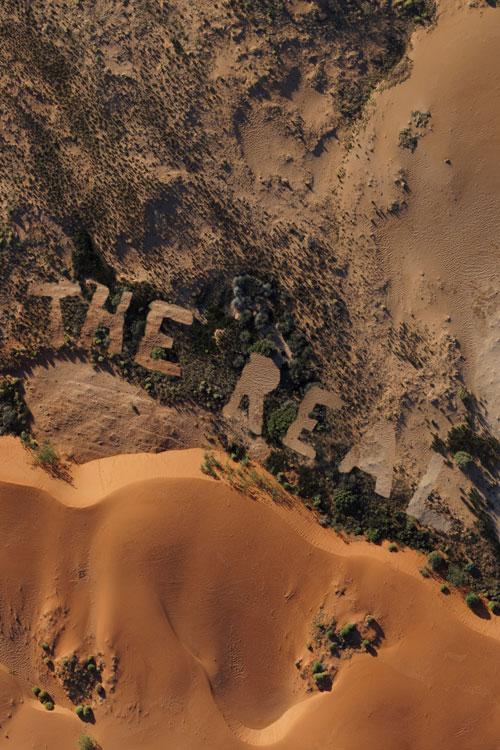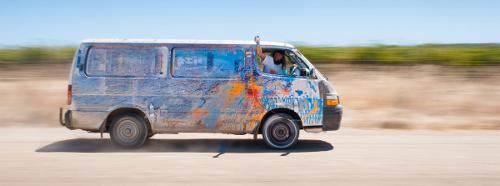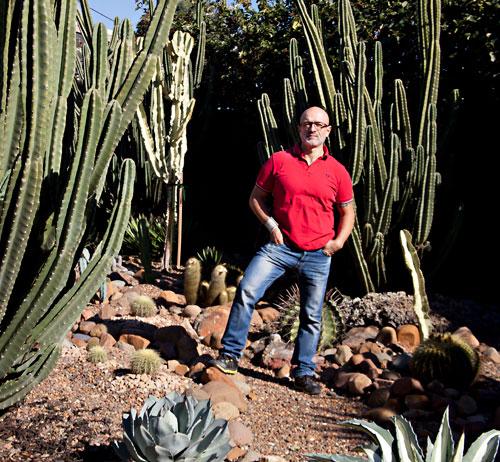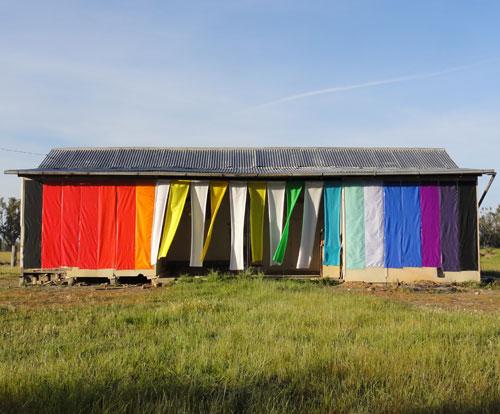Solastalgia and its cure
Solastalgia has come to signify distress caused by environmental damage. The term, originally coined by philosopher Glenn Albrecht, specifically addressed the condition of existential distress caused by the physical destruction of one’s immediate environment. As the global extraction industries and the financial institutions that bankroll their reach increasingly dominate, with direct impacts on land, solastalgia is fast becoming a common contemporary condition associated with the loss of ground in our occupation of the planet and a general sense of helplessness.

